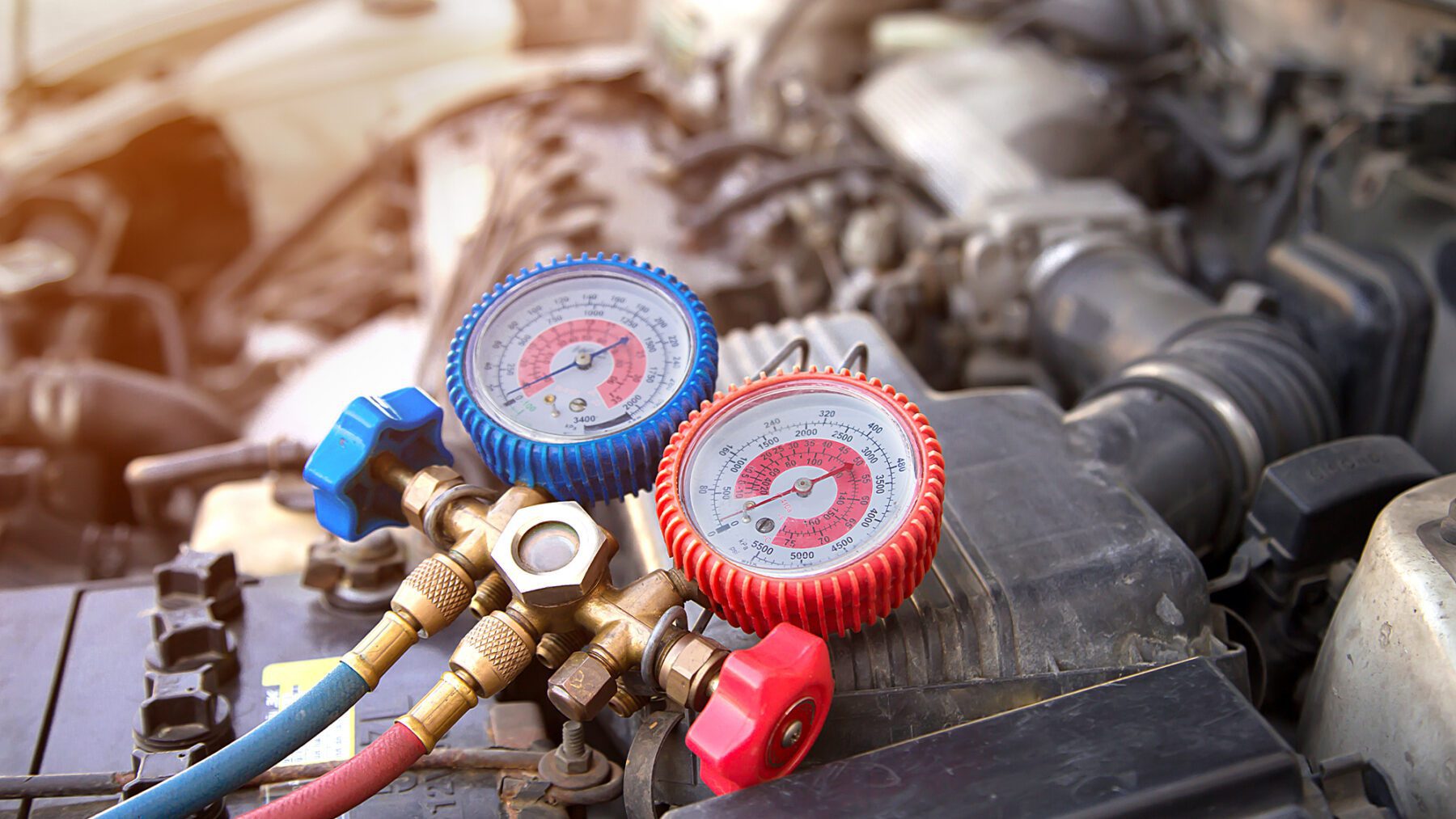When to Get a Spring Cooling System Check for Your Car


As the chill of winter fades and the warmth of spring emerges, it’s essential to ensure your vehicle is prepared for the changing temperatures. One critical aspect of spring car maintenance is performing a thorough cooling system check. This ensures your engine operates efficiently and prevents potential overheating issues as the days grow warmer.
Ignoring your car’s cooling system can lead to expensive repairs and unexpected breakdowns. Getting a cooling system check in spring helps keep your engine running smoothly and lasting longer. In this guide, we’ll cover why a spring cooling system check is so important, the signs that your car might need one, and the steps to keep your cooling system in top shape.
Why Spring is the Ideal Time for a Cooling System Check
Spring is the ideal time for a cooling system check because rising temperatures increase your engine’s cooling demands, making it essential to ensure the system is in top condition before summer. Cold winter weather can also cause wear on hoses and belts, so a spring inspection helps identify and replace any damaged components.
Additionally, catching potential issues early prevents costly repairs and unexpected breakdowns during summer travels. Incorporating a cooling system check into your spring car maintenance routine keeps your vehicle running efficiently and reliably throughout the warmer months.
Signs Your Car's Cooling System Needs Service or Repair
- Overheating Engine: If your engine temperature gauge frequently reads higher than normal, it could indicate a failing cooling system. Consistent overheating can cause severe engine damage if not addressed promptly.
- Visible Coolant Leaks: Puddles of coolant (often green, yellow, or pink) under your vehicle suggest a leak in the cooling system. Leaks reduce the system’s efficiency and can lead to overheating.
- Steam from Under the Hood: Seeing steam or smoke emanating from your engine compartment is a serious sign of overheating, possibly due to coolant boiling. Immediate attention is required to prevent engine damage.
- Low Coolant Levels: Regularly finding your coolant reservoir low may indicate a leak or consumption issue within the system. Maintaining proper coolant levels is crucial for optimal engine performance.
- Unusual Engine Noises: Sounds like gurgling or hissing can signal air pockets or leaks in the cooling system, affecting its efficiency.
Steps to Perform a Spring Cooling System Check
- Inspect Coolant Levels and Condition: Ensure the coolant reservoir is filled to the appropriate level. The coolant should appear clean and free from debris. If it’s discolored or contains particles, a coolant flush may be necessary.
- Examine Hoses and Belts: Look for signs of wear such as cracks, bulges, or fraying on hoses and belts. Damaged components should be replaced to prevent leaks or failures.
- Check for Leaks: Inspect the radiator, water pump, and surrounding areas for any signs of coolant leakage. Early detection of leaks can prevent more serious issues.
- Test the Radiator Cap: A faulty radiator cap can lead to pressure loss, causing overheating. Ensure the cap is functioning correctly and seals properly.
- Monitor Engine Temperature: Keep an eye on the engine temperature gauge during operation. Consistent high readings may indicate cooling system problems that need addressing.
Common Cooling System Issues and How to Address Them
- Coolant Leaks: Often caused by worn hoses, a damaged radiator, or a faulty water pump. Regular inspections can help detect leaks early.
- Thermostat Failures: A malfunctioning thermostat can cause improper coolant flow, leading to overheating. Replacing a faulty thermostat is essential for system efficiency.
- Radiator Issues: Corrosion or blockages in the radiator can impede coolant flow. Periodic cleaning and using the correct coolant mixture can prevent these problems.
- Water Pump Malfunctions: The water pump circulates coolant; if it fails, the engine can overheat. Listen for unusual noises and check for leaks around the pump.
How Often Should You Perform a Cooling System Check?
- Before Long Road Trips: Ensuring your cooling system is functioning properly can prevent overheating during extended drives.
- After Extreme Weather: Cold temperatures can cause coolant to thicken, while high heat can accelerate wear on hoses and other components.
- If You Notice Warning Signs: Any leaks, temperature fluctuations, or odd noises indicate an immediate need for a cooling system check.
What Happens During a Professional Cooling System Check?
- Coolant Inspection and Refill: Checking coolant levels, topping them off, and ensuring the fluid is clean and in the proper mixture.
- Hose and Belt Inspection: Identifying any cracks, leaks, or wear that could lead to failures.
- Radiator Pressure Test: Ensuring there are no leaks or blockages that could affect cooling efficiency.
- Water Pump and Thermostat Check: Assessing whether the water pump is circulating coolant properly and if the thermostat is functioning correctly.
- Fan and Temperature Gauge Assessment: Confirming the cooling fan operates as needed and that the temperature gauge provides accurate readings.
Schedule Your Spring Cooling System Check
A cooling system check is a crucial part of spring vehicle maintenance. It helps prevent overheating, reduces the risk of costly repairs, and keeps your car running smoothly. Addressing cooling system issues early ensures a worry-free driving experience. Prioritizing this essential check will protect your engine and enhance your vehicle’s performance.
For drivers in Illinois, HEART Auto Care is your go-to expert for cooling system checks and all your car maintenance needs. Contact us today to schedule an appointment and ensure your vehicle is ready for the season ahead.










